
Hingis retires amid cocaine allegations
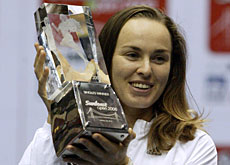
Former world number one Martina Hingis said on Thursday she had tested positive for cocaine during Wimbledon, and announced her retirement from top-flight tennis.
The Swiss tennis star, a five-times grand slam champion and former Wimbledon winner, denied using cocaine.
“I have tested positive but I have never taken drugs and I feel one hundred per cent innocent,” she said at a news conference in Zurich.
Hingis lost in the third round at Wimbledon this year to Laura Granville, 6-4, 6-2.
“The reason I have come out with this is because I do not want to have a fight with anti-doping authorities.”
“Because of my age and my health problems I have also decided to retire from professional tennis,” said the 27-year-old, fighting back the tears.
Doping tests
Hingis said she was accused by “an outsource testing company” of taking cocaine during Wimbledon. She said she was “shocked and appalled” when notified that her urine sample came back positive after the loss to Granville.
“They say that cocaine increases self-confidence and creates a type of euphoria,” she said in a statement. “I don’t know. I only know that if I were to try to hit the ball while in any state of euphoria, it simply wouldn’t work.
“I would think that it would be impossible for anyone to maintain the coordination required to play top class tennis while under the influence of drugs. And I know one other thing – I would personally be terrified of taking drugs.”
Hingis said she later underwent a privately arranged hair test which came back negative for cocaine. The official backup “B” sample test on her Wimbledon urine sample, however, tested positive for the drug.
Hingis said she hired an attorney who found “various inconsistencies” with the urine sample taken during Wimbledon.
“He is also convinced that the doping officials mishandled the process and would not be able to prove that the urine that was tested for cocaine actually came from me,” she said.
Time to go…
Hingis said it could take years to fight her case and decided it was time to retire.
“I have no desire to spend the next several years of my life reduced to fighting against the doping officials,” she said. “The fact is that it is more and more difficult for me, physically, to keep playing at the top of the game. And frankly, accusations such as these don’t exactly provide me with motivation to even make another attempt to do so.”
Mario Widmer, Hingis’ manager, said the test was on June 29 but that Hingis heard about the positive result in mid-September and the positive ‘B’ sample two or three weeks later.
“She has great angst over this,” Widmer said. “She is heartbroken. … It’s crazy. It’s very complicated and complex.”
WTA Tour chief executive Larry Scott said the tour had not received any official information about a positive test and “as a result we are not in a position to comment on the matter”.
“However, it is important to remember that in the area of anti-doping, all players are presumed innocent until proven otherwise,” Scott said.
Referring to her retirement, he said, “Martina Hingis is a tremendous champion and a fan favorite the world over. In her most recent comeback, she proved again that she can perform at the very highest levels of the game.”
Best in the world
Hingis took over at the top of women’s tennis in 1997 when she won three of the four grand slam titles, only missing out at Roland Garros.
She managed to stay in the top spot for a total of 209 weeks. Only Steffi Graf, Martina Navratilova and Chris Evert have a better record than the 27 year old.
Between 1997 and 1999 she won three Australian Opens, one US Open and a Wimbledon title.
The Czechoslovakian-born Swiss, who won many fans for her graceful and tactical style of tennis, first announced her retirement in 2003 after failing to overcome a series of ankle injuries.
She made a surprise return to the courts in 2006, proving her doubters wrong as she went on to win two more titles.
A further final title followed in Tokyo this year before her injury problems returned. In October, Hingis announced an early end to her season, citing hip problems.
Thursday’s news conference was widely expected to see the former world number one announce her retirement – but not in the circumstances now set out.
“Martina Hingis was a great player who was always a role model and a figurehead for Swiss tennis,” René Stammbach, president of the Swiss Tennis Association, said in a statement.
“We regret very much that Martina is ending her career faced with these recriminations.”
swissinfo with agencies
Hingis was born in what is now Slovakia, but moved to Switzerland with her mother when she was a child.
She was named Martina after the Czech tennis star Martina Navratilova.
She won the Laureus Comeback of the Year award in 2006.
Hingis has been immortalised in wax at the Madame Tussaud’s Wax Museum in London.
She is well known in Switzerland as the advertising face of Zug kitchen appliances.
Hingis was engaged to fellow tennis player Radek Stepanek but split up in August 2007.
According to the French-language Le Matin newspaper, Hingis has started dating 37-year-old Ukrainian billionaire Alexander Onischenko.
Hingis was twice rated among FHM magazine’s 100 sexiest women.
Martina Hingis was born on September 30, 1980. Her mother and father were both accomplished tennis players, ranked 10th and 19th best players in Czechoslovakia, respectively.
Hingis began hitting tennis balls when she was two and entered her first tournament at four.
In 1993, 12-year-old Hingis became the youngest player to win a grand slam junior title: the girls’ singles at the French Open.
She made her professional debut in October 1994, two weeks after her 14th birthday. She became the youngest ever world number one in 1997, achieving the ranking at the age of 16 years and 182 days.
Between 1997 and 1999 she won five grand slam tournaments: the Australian Open three times (1997-1999), the US Open (1997) and Wimbledon (1997).
She retired from top-flight tennis in Feburary 2003 because of recurring foot injuries. However, after surgery and long recuperation, she embarked on a successful comeback in January 2006, winning her first major tournament in Rome in June 2006.
In August 2006 she returned to the top ten and climbed to world number 6. In 2007 she won a tournament in Tokyo but pulled out of several competitions due to injury.
WTA Tour singles titles: 43 (including 5 Grand Slams)
WTA Tour doubles titles: 37 (including 9 Grand Slams)
ITF Women’s Circuit singles titles: 2
ITF Women’s Circuit doubles titles: 1
Total career prize money: $20.1 million (SFr23.2 million)
Win-loss record singles: 548-133
Win-loss record doubles: 286-54
World Number One for 209 weeks
Youngest top ranked player (1997).
Currently ranked 19th in the world.

In compliance with the JTI standards
More: SWI swissinfo.ch certified by the Journalism Trust Initiative


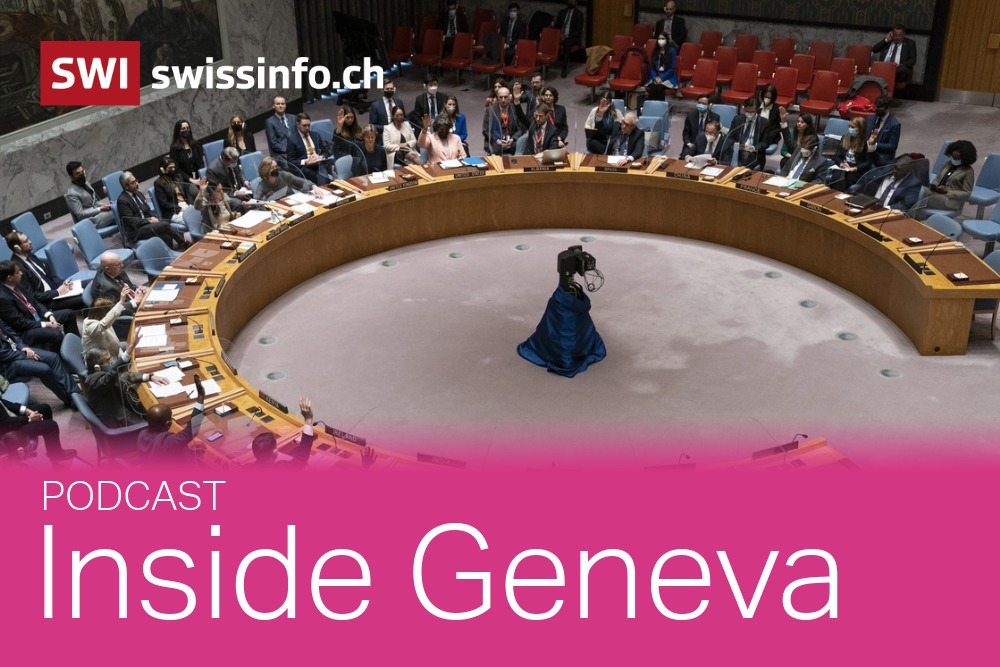









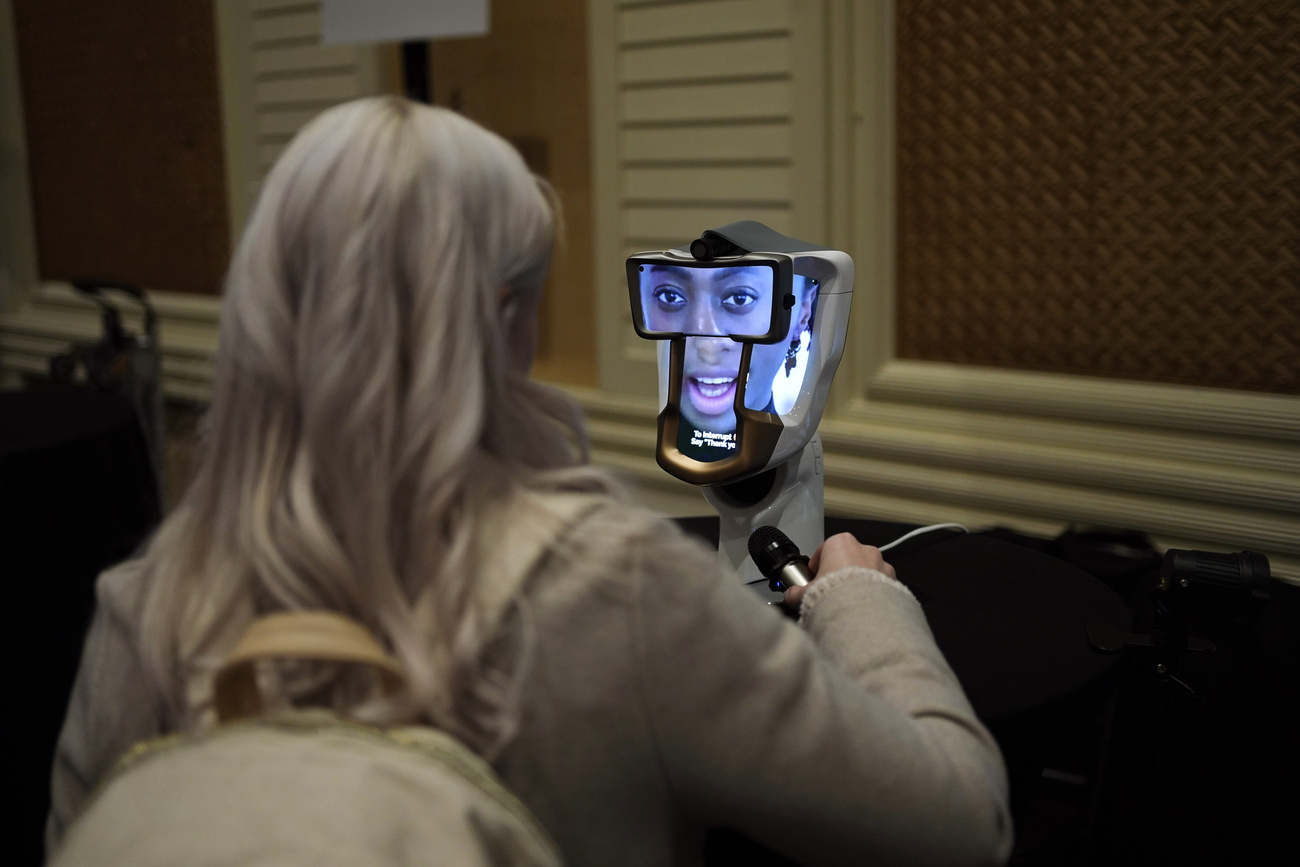


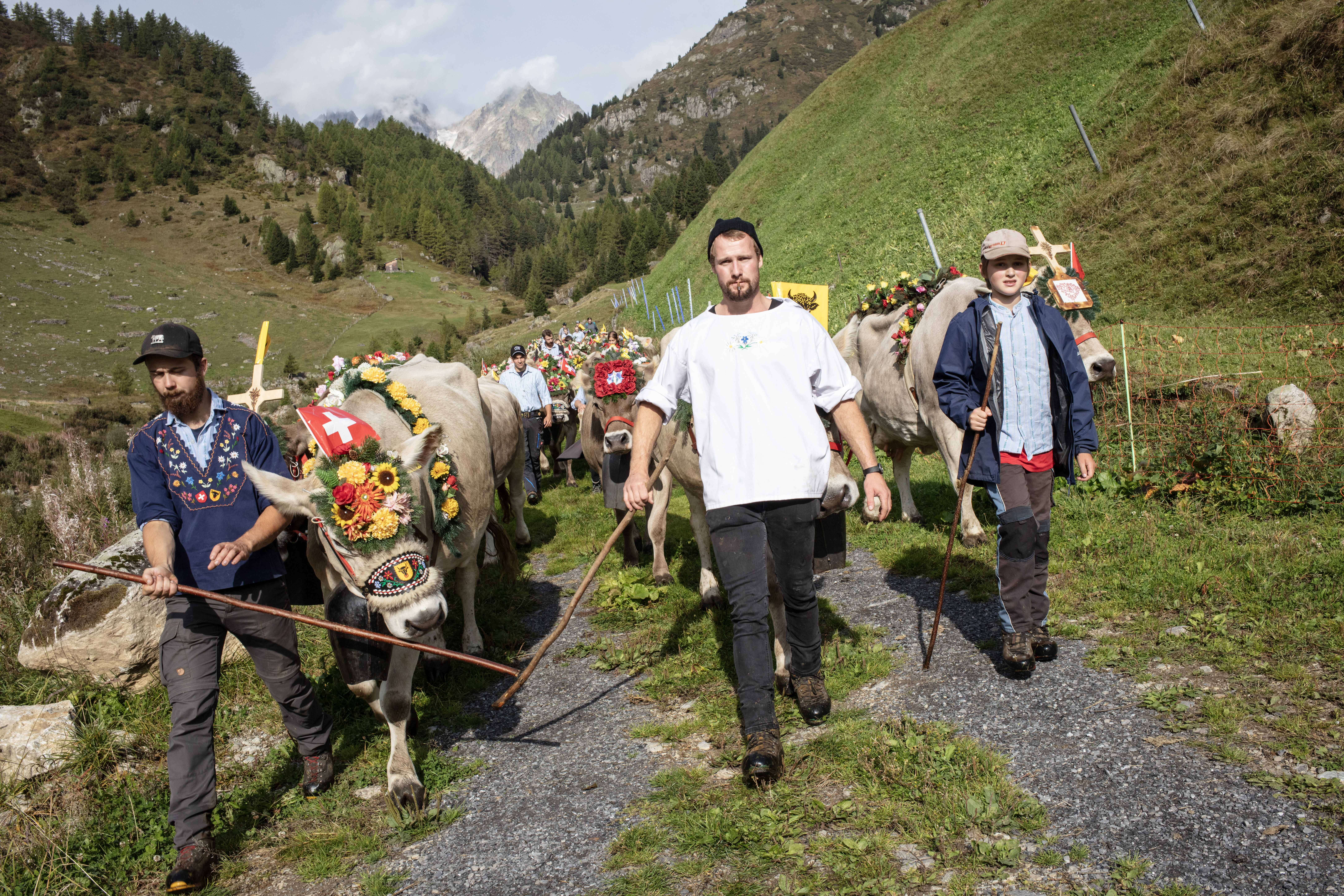
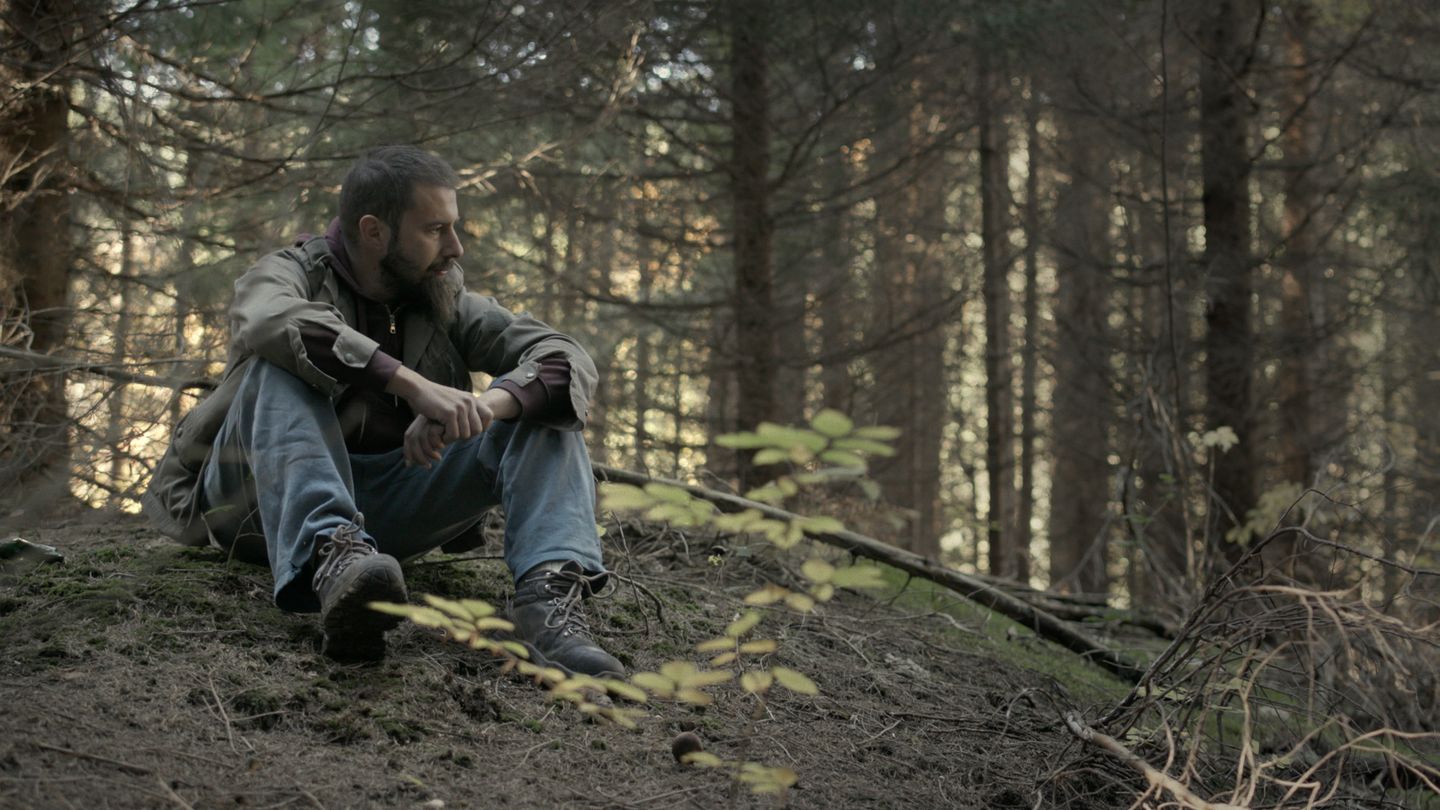
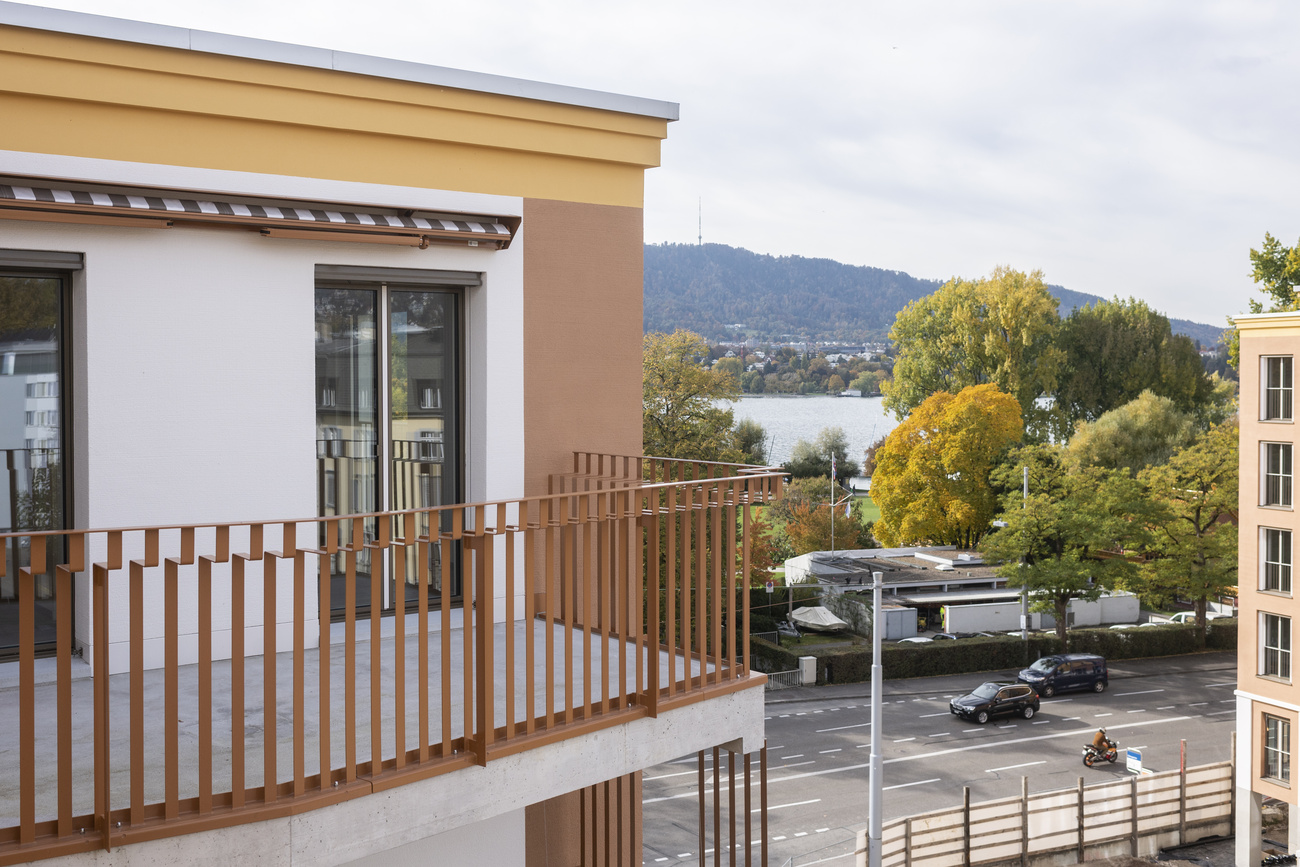



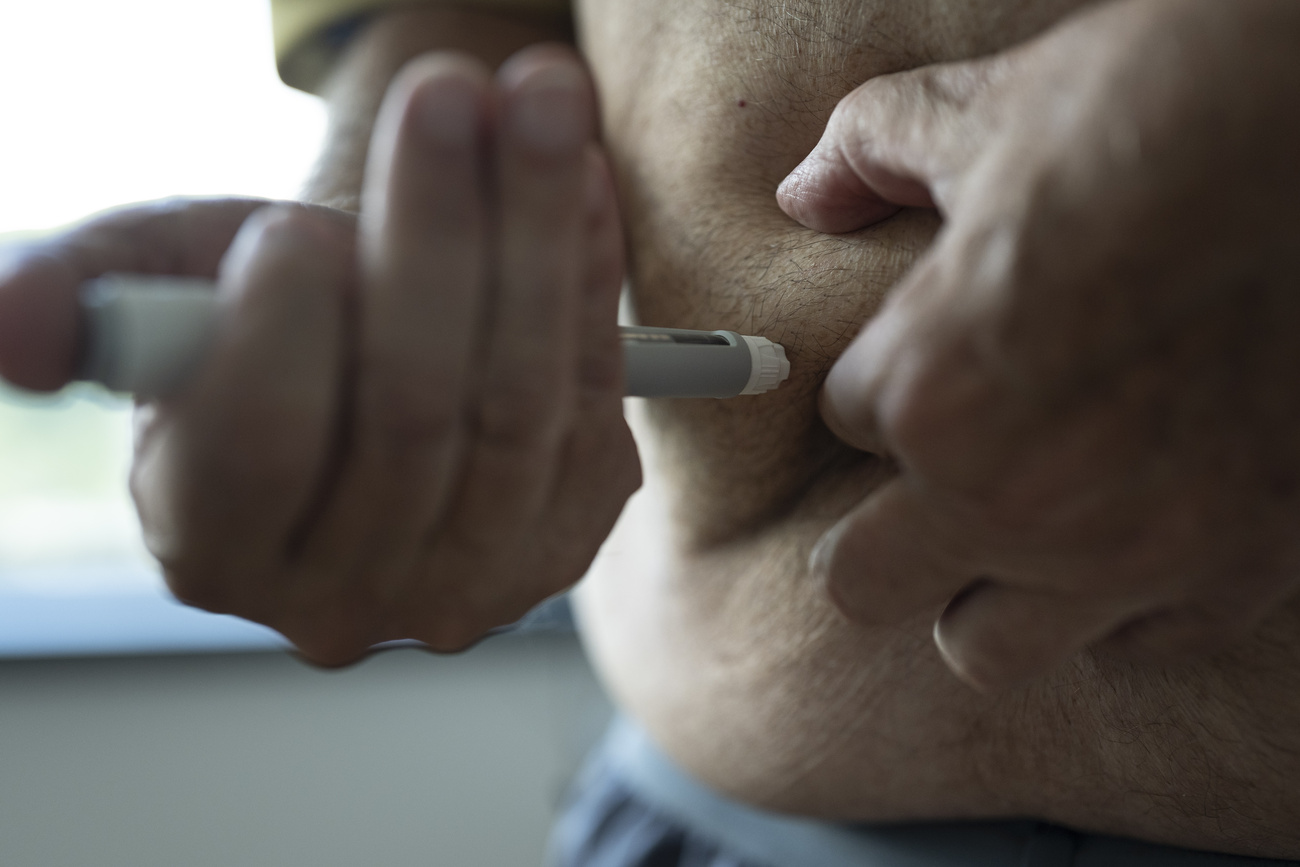
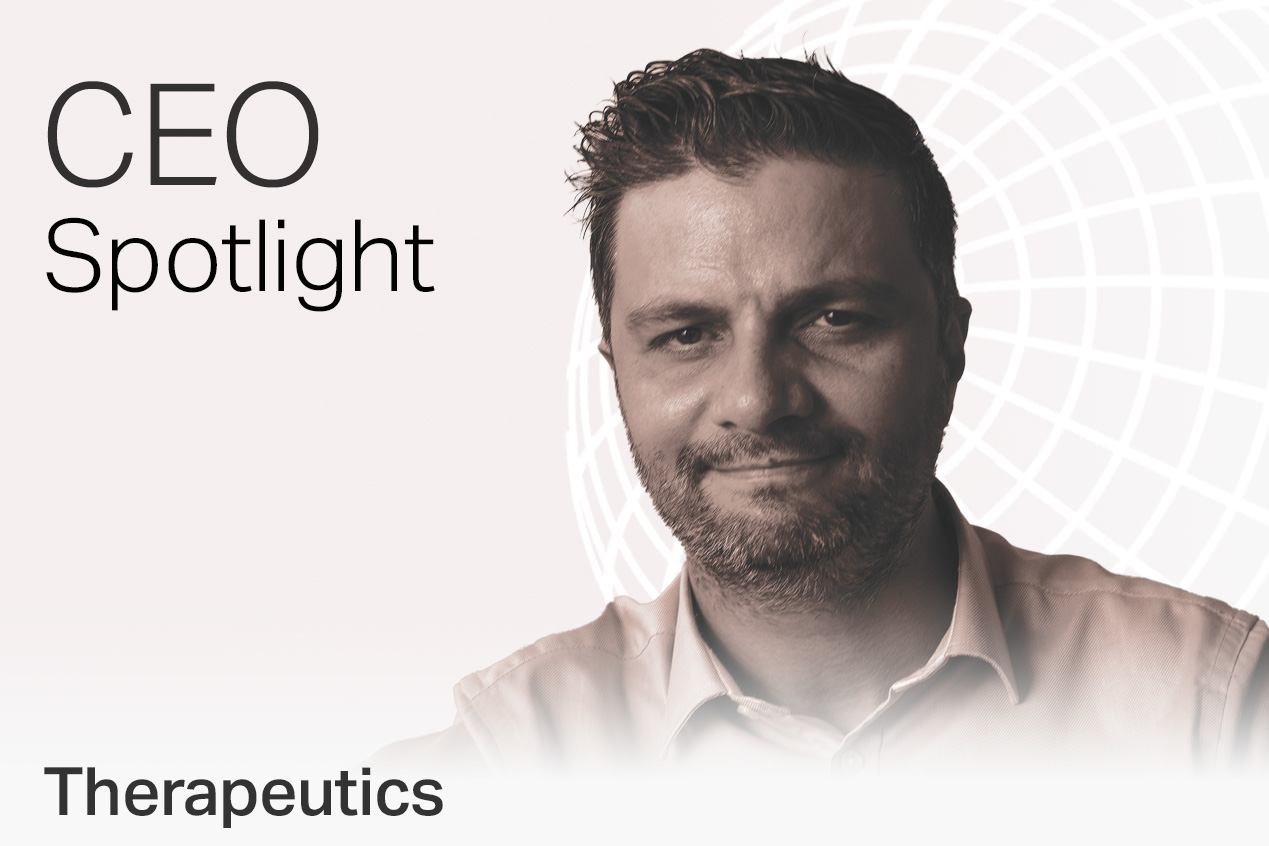






You can find an overview of ongoing debates with our journalists here . Please join us!
If you want to start a conversation about a topic raised in this article or want to report factual errors, email us at english@swissinfo.ch.